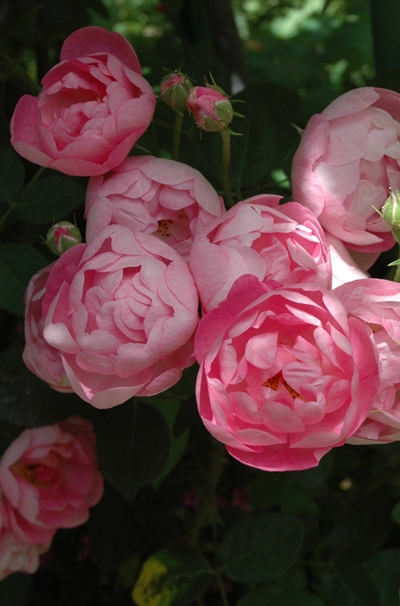Summer pruning is carried out towards the middle of this month; this applies to roses that have grown too high or dense, have uneven growth or need to be tidied up

YOU ALSO MIGHT LIKE: January gardening to do list
Watering: Keep to the watering schedule unless there is regular rainfall. Following a long, two-week period of rain, the leaves become ‘soft’ and your bushes need to be watered often and then slowly acclimatised to dryer conditions. Keep the beds well mulched.
KEEP READING: 46 Water-Wise plants for your garden
Fertilising: Fertilise with Ludwig’s Vigorosa or other rose fertilisers. Don’t sprinkle fertiliser over wet leaves.
Pest and Disease Control: Stick to the preventative spray regimen, but keep a close look out for beetles and red spider mite which sometimes require a stronger remedy.
HOW TO SUMMER PRUNE
- Removing forked and twiggy growth and cutting back a little opens up space for the roses to grow.
- Review each bush and only cut back those that are well covered in leaves. Make sure the part of the bush below the cut is still fairly well foliated.
- Bushes that are defoliated because of black spot on their upper leafy growth can be groomed by cutting out completely denuded stems on the inside as well as competing stems.
- The remaining stems should have leafy tips and the tips of these are best pinched off; this encourages the rose to sprout lower down. Once the new shoots are about 20cm long, the bush can be cut down to just above these new shoots to a more manageable height.
- The height of tall roses can be reduced by undercutting as long as there are leaves on the stem below the cut. If it is very hot and dry, carry out the undercutting in two stages about a week apart. This will result in the least sap flow disturbance; when the sap flow slows down it heats up under the bark, causing sunburn and eventually stem canker.

